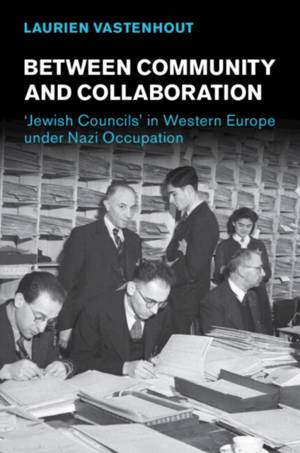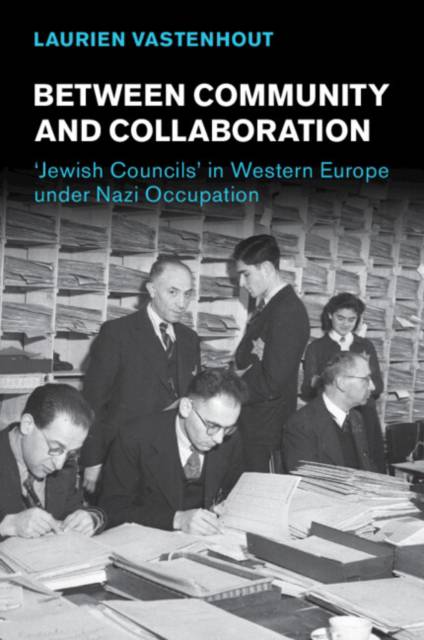
- Afhalen na 1 uur in een winkel met voorraad
- Gratis thuislevering in België vanaf € 30
- Ruim aanbod met 7 miljoen producten
- Afhalen na 1 uur in een winkel met voorraad
- Gratis thuislevering in België vanaf € 30
- Ruim aanbod met 7 miljoen producten
Zoeken
Between Community and Collaboration
'Jewish Councils' in Western Europe under Nazi Occupation
Laurien Vastenhout
€ 50,45
+ 100 punten
Uitvoering
Omschrijving
The first comprehensive, comparative study of the 'Jewish Councils' in the Netherlands, Belgium and France during Nazi rule. In the postwar period, there was extensive focus on these organisations' controversial role as facilitators of the Holocaust. They were seen as instruments of Nazi oppression, aiding the process of isolating and deporting the Jews they were ostensibly representing. As a result, they have chiefly been remembered as forms of collaboration. Using a wide range of sources including personal testimonies, diaries, administrative documents and trial records, Laurien Vastenhout demonstrates that the nature of the Nazi regime, and its outlook on these bodies, was far more complex. She sets the conduct of the Councils' leaders in their prewar and wartime social and situational contexts and provides a thorough understanding of their personal contacts with the Germans and clandestine organisations. Between Community and Collaboration reveals what German intentions with these organisations were during the course of the occupation, and allows for a deeper understanding of the different ways in which the Holocaust unfolded in each of these countries.
Specificaties
Betrokkenen
- Auteur(s):
- Uitgeverij:
Inhoud
- Aantal bladzijden:
- 313
- Taal:
- Engels
- Reeks:
Eigenschappen
- Productcode (EAN):
- 9781009054416
- Verschijningsdatum:
- 23/05/2024
- Uitvoering:
- Paperback
- Formaat:
- Trade paperback (VS)
- Afmetingen:
- 152 mm x 229 mm
- Gewicht:
- 421 g

Alleen bij Standaard Boekhandel
+ 100 punten op je klantenkaart van Standaard Boekhandel
Beoordelingen
We publiceren alleen reviews die voldoen aan de voorwaarden voor reviews. Bekijk onze voorwaarden voor reviews.











